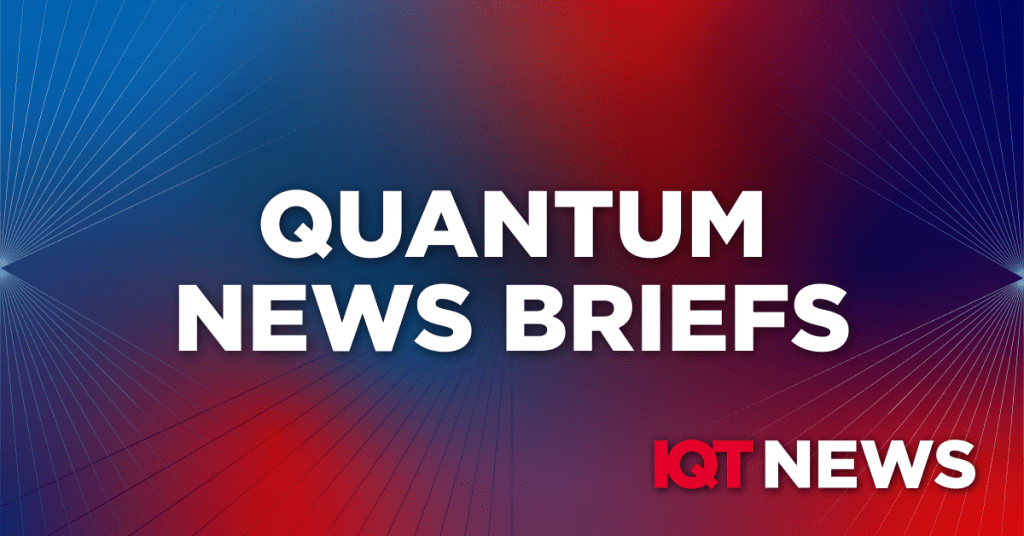In Other News: NextGov Reports “CISA Guidance Focuses on Post-Quantum Cryptography Tools”
Accompanying the earlier release of the first standardized algorithms suited to protect information stored on classical computers from a hypothetical quantum computer attack, CISA’s guidance, dated Aug. 15, lays out recommendations for federal civilian executive branch agencies conducting initial system inventories using automated cryptography discovery and inventory softwares.
CISA’s wants agencies to launch their migration processes sooner rather than later. The guidance notes that the inventory process requires both manual data collection and the use of automated support.
NVIDIA and Equal1 have agreed to collaborate on Quantum technology use cases, business models and proof of concept, with a particular focus on the integration and validation of quantum-classical infrastructure for cloud and data centre deployments.
This collaboration combines Equal1’s world-leading hybrid silicon classical quantum hardware,
headquarters in Silicon Valley, as part of an Enterprise Ireland trade mission to the West Coast of the USA, led by Ireland’s Minister for Trade, Enterprise and Employment Peter Burke TD.
OpenGovAsia Reports: “Quantum Solutions Transform Military Operations in Australia”
The project enables the Army to identify optimal uses of quantum technologies and understand their implications for land warfare. A key objective of this effort is to establish sovereign capability by leveraging domestic research to maintain a technological edge over potential adversaries through early adoption of quantum advancements.
One significant development comes from a team focused on creating quantum sensors that could facilitate GPS-independent navigation. A leading researcher in this area, dR Stuart Szigeti, a quantum physicist, outlined that these sensors would operate passively, making it difficult for adversaries to detect or disrupt their signals.
Another promising approach under development is a quantum accelerometer-based navigation system. This device monitors changes in speed and direction to determine position with greater precision.
In the realm of communications, research is being conducted to improve radio signal detection through the use of quantum magnetometers. These devices have the potential to detect low-frequency magnetic fields, which can penetrate dense media such as earth and water – conditions under which traditional radio signals are typically obstructed.
Professor William Bosl of the University of San Francisco Partners with EMOTIV, Quantum Computing Inc. & Purple Point Neurodiagnostics to Advance Brain Health Monitoring
A seed gift of $100,000 was made by EMOTIV to the USF Data Institute Healthcare AI Initiative, which has enabled the Clinical Neuroinformatics and AI Lab to launch this collaborative effort. In addition to ongoing neuroinformatics and AI research, the lab has initiated a clinical site with the USF School of Nursing and Health Professions to develop clinical procedures that will be tested locally and in African clinics associated with PPND.
The partners in this collaboration are especially mindful of the needs of underserved and low-income communities. To this end, CNAIL has formed a partnership with PPND to take this new technology to low-income regions of the world for clinical testing and development.
